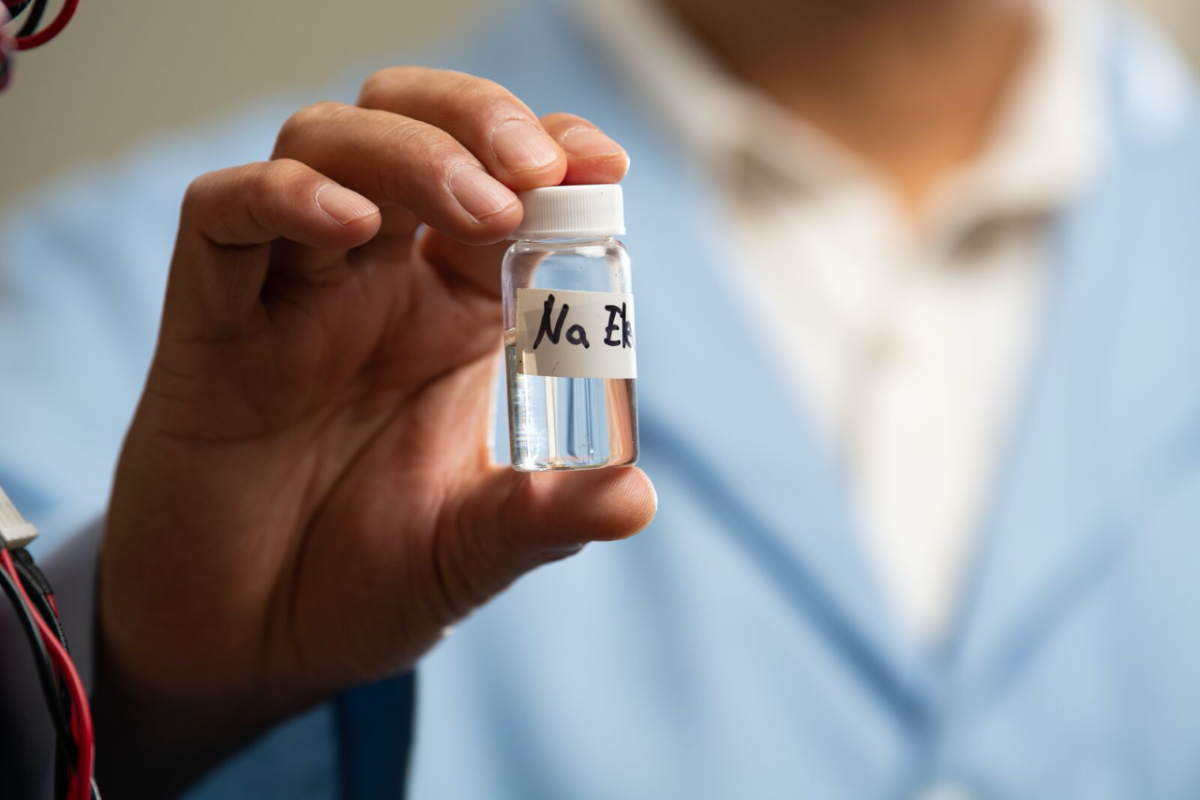From pv magazine global
Scientists from the US Department of Energy’s Pacific Northwest National Laboratory (PNNL) have developed a sodium-ion battery (NIB) that can purportedly overcome the main challenge with such storage systems – the ability to hold a charge after repeated cycles of charging and discharging.
The researchers said this issue is strictly correlated to the instability of the solid-electrolyte interphase (SEI), which is generated on the anode of lithium-ion batteries during the first few charging cycles, in order to prevent electrolyte decomposition and maintain cycling ability. The SEI layer should be well adhered to the electrode material, exhibit good electronic insulation properties, and be able to conduct lithium ions.
“The instability of SEI layers is a critical barrier for the long cycling performance of NIBs,” the US group said. “Electrolytes usually decompose at a low voltage to form the SEI on the anode surface. Ideally, the SEI should be electronically insulating but ionically conducting for ion transport, insoluble and inert with respect to the electrolyte to prevent continuous side reactions between the anode and electrolyte.”
In order to avoid SEI dissolution, the academics replaced the high-polarity carbonate solvent in conventional electrolytes with a new liquid solution with low polarity. It consisted of sodium bis(fluorosulfonyl)imide (NaFSI) salt in a solvent mixture of dimethyl carbonate (DMC) and tris (2,2,2-trifluoroethyl) phosphate (TFP). This low-solvation electrolyte (NaFSI/DMC:TFP) was designed to operate in 4.2 V high-voltage sodium-ion batteries.
“The current electrolyte recipe for sodium-ion batteries results in the protective film on the negative end (the anode) dissolving over time. This film is critical because it allows sodium ions to pass through while preserving battery life,” the researchers said, noting that electrolyte also creates an ultra-thin protective layer on the cathode, which ensures additional system stability. “Our electrolyte lowers the solvation ability for SEI components and facilitates the formation of insoluble SEI components, which minimizes the SEI dissolution.”
he battery was able to retain 90% of its capacity after 300 cycles, with minimized SEI dissolution.
“Sodium-based batteries would be more environmentally friendly and less expensive once the technology is established,” researcher Jason Zhang told pv magazine. “The sodium-ion battery developed in this work is suitable for solar energy storage because it has advantages of long cycle life, low cost and materials abundance over lithium-ion batteries; it also has the feasibility for large-scale production using the existing infrastructure of lithium-ion batteries.”
“We also measured the production of gas vapor at the cathode,” said researcher Phung Le. “We found very minimal gas production. This provides new insights to develop stable electrolyte for sodium-ion batteries that may operate at elevated temperatures.”
The US group described the battery in “Low-solvation electrolytes for high-voltage sodium-ion batteries,” which was recently published in Nature Energy. “Our findings provide a promising recipe for a battery that may one day power electric vehicles and store energy from the sun.”
This content is protected by copyright and may not be reused. If you want to cooperate with us and would like to reuse some of our content, please contact: editors@pv-magazine.com.









If they could manufacture and distribute sodium-ion batteries to replace all the lead acid batteries used in everything from ICE automobiles and truck to emergency lights and UPS units for the home, they industry would take off if the cost per unit was equivalent to lead acid and lasted at least as long. Lighter in weight than lead, they would be easier to change out at the end of life and the components could be safely recycled. The lead acid battery business is the gorilla in the room and would either fight the new technology or buy it out and kill it. it would be up to consumers to demand it and buy it.
David is spot on. Since it will be many years until we get rid of the ICE (autos/trucks/trains), a lighter/better battery could help out significantly. By dropping battery weight by half, the small amount of gas & diesel savings (per vehicle) would add up quickly.
Just another way to reduce our carbon footprint….if we are EVER going to recover from this.